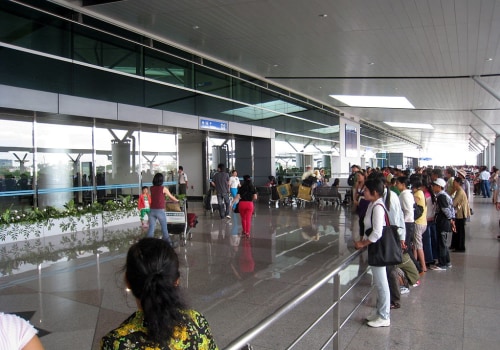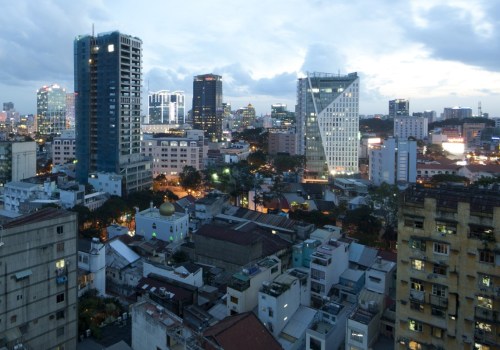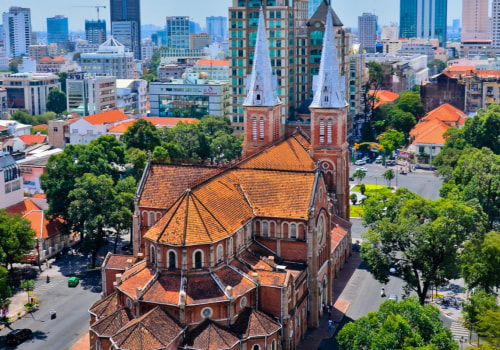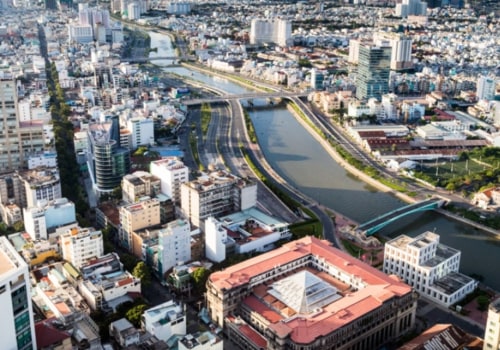Ho Chi Minh City or Saigon sinks at a rate of 1-2 cm each year as sea levels rise. Population growth and rapid urbanization have caused the city to sink by as much as 80 millimeters a year for the past 20 years. But the worst is yet to come with climate change and rising sea levels. By 2050, parts of Vietnam's largest metropolis could slide underwater, according to a report by the United Nations Intergovernmental Panel on Climate Change.
The city, which covers more than 2,000 square kilometers, is developing so rapidly that it is also sinking, especially in the chunks of built-up areas near the banks of the Saigon River, where the ground is soft. In South Korea, the 33 km Saemangeum land and sea dam reclamation project has taken 30 years since construction began, quotes Ky. The marine wall itself took almost 20 years to build. Over the past 20 years, Ho Chi Minh City's population has doubled to 8.8 million, making the city one of the fastest growing economic centers in Asia.
While authorities have raised roads, one consequence is that everyone is rushing to raise their property above road level. Climate Central points out that the maps show future sea levels (in red) in the six cities, but do not show what could happen during floods or other extreme weather events. Not only Jakarta, Indonesia's capital and largest city, many parts of Vietnam's Ho Chi Minh City sink between 0.2 and 0.4 inches per year. Dang Nha Cong, a fifth-generation farmer in southern Vietnam whose family farming tradition dates back more than 150 years, is now worried about the future of his farmland and tropical fruits, even after building a barrier around him.
And with some of the solutions offered by the authorities, such as the construction of a giant lesbian that triggers a debate on appropriateness and risks, the Insight program explores whether one of Asia's fastest-growing economic centers can be saved. That destabilizes buildings. In the short term, some structures have sunk directly, wrapping their lower levels in mud, but in the long term it means that about half of the city is now below sea level. While downtown Ho Chi Minh City is unlikely to be underwater by 2030, it will almost certainly be more vulnerable to floods and tropical storms, the report said.
Located in a flat delta region, between 40 and 45 percent of Ho Chi Minh City is less than a meter above sea level. The Climate Central map shows that the highest risk areas in Ho Chi Minh City are its eastern part, in particular the marshy and heavily urbanized area of Thu Thiem. According to a research report by Vietnam's Ministry of Natural Resources & Environment and Ho Chi Minh City University of Technology, the city has already sunk about 1.3 feet (0.4 meters). Due to the rapid expansion of Ho Chi Minh City, the surrounding area is becoming more and more populated and the extraction of groundwater has multiplied to maintain the growing population, industry and agriculture.
Nowadays, many people in Ho Chi Minh City want to raise their houses because not only do they flood every year during the rainy season from May to November, but also the floods are getting worse. However, if it is a question of improving the defenses of Ho Chi Minh City, the project would not only be expensive, but it would also take a long time to complete.




